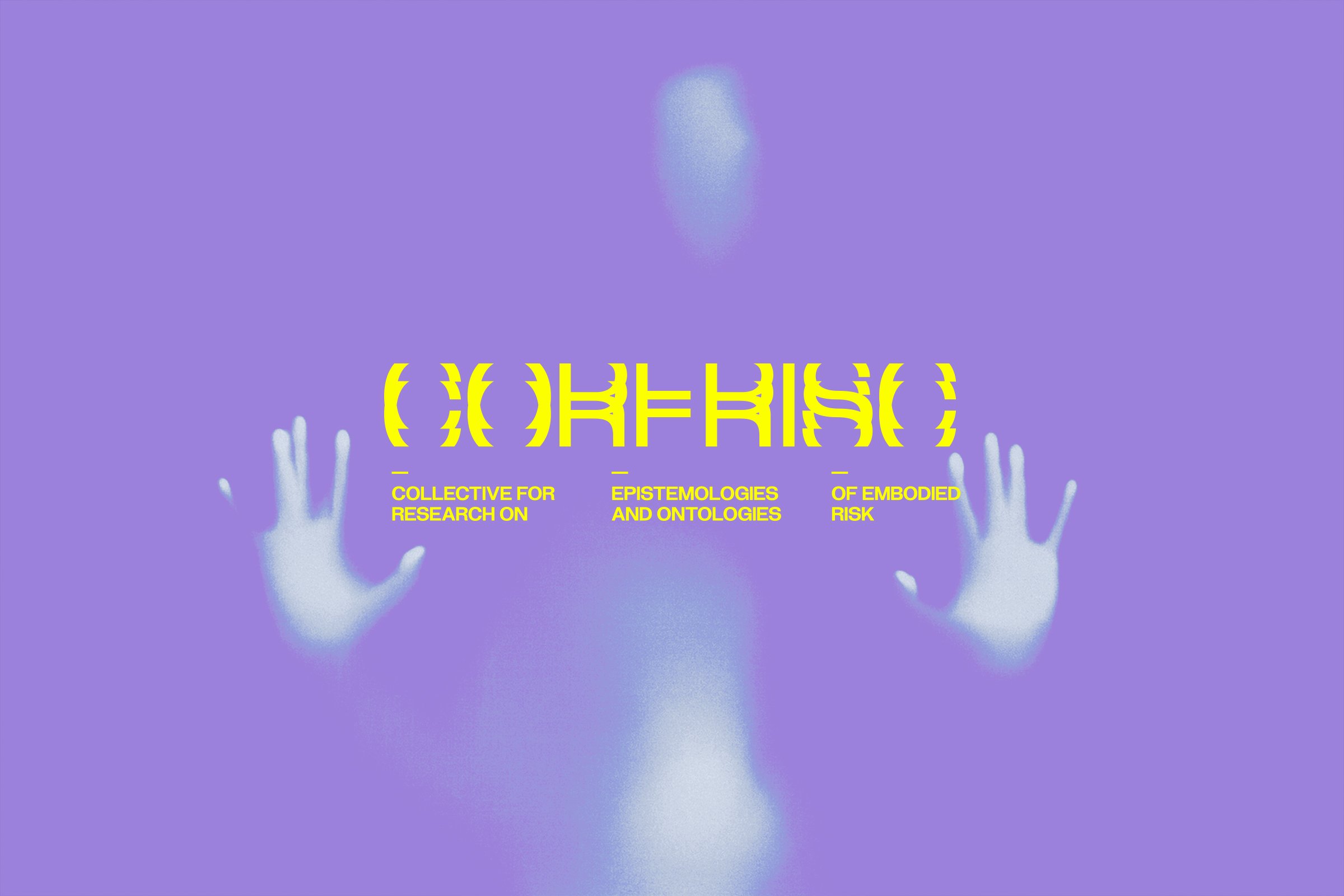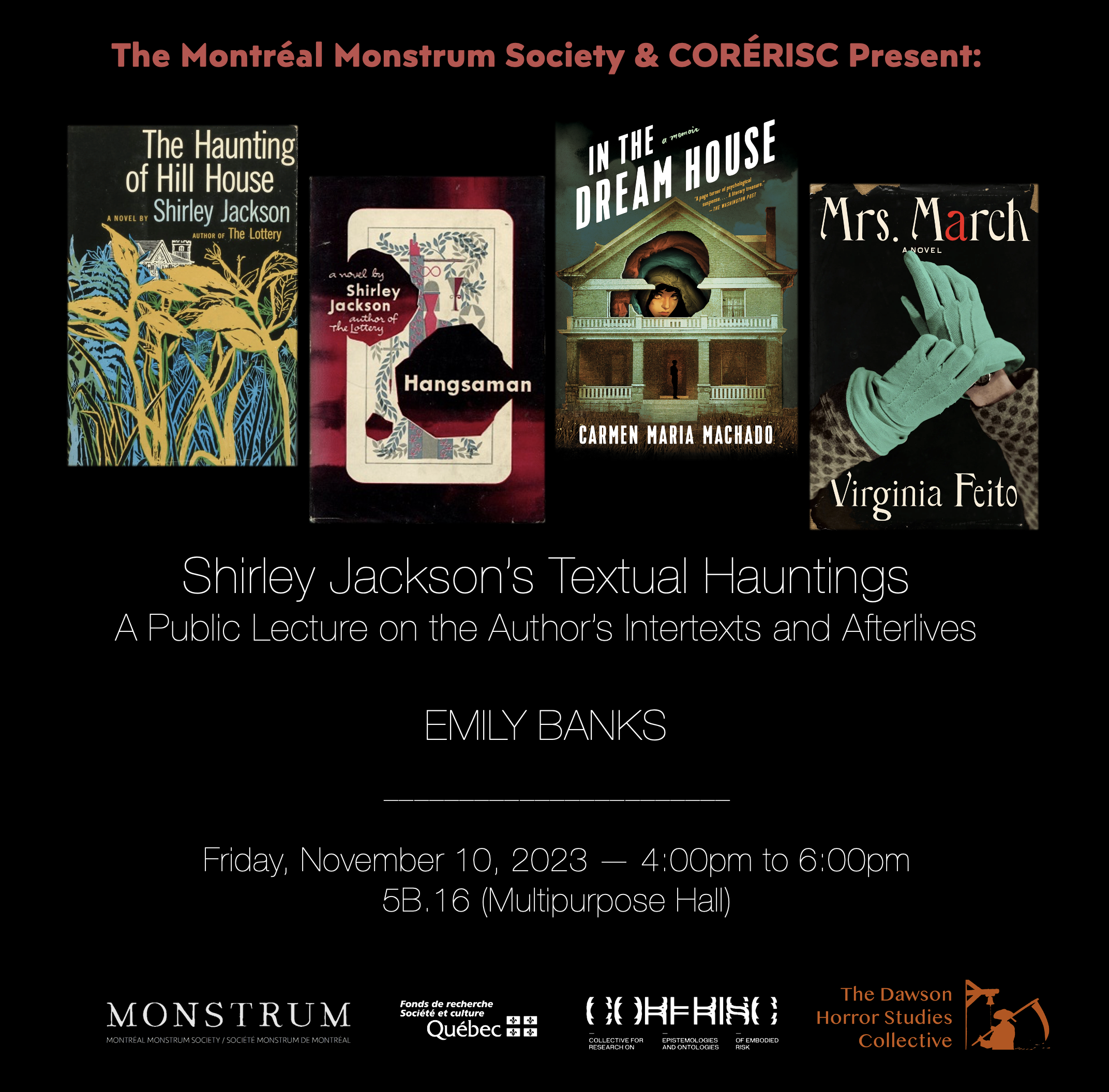
Latest News
CALL FOR PAPERS:
Eco-horror’s Minor Intimacies: Affective Embodiments, Ecological Desires
Somatechnics 16.1 (Winter 2026)
Issue Editor: Lynn Kozak and Alanna Thain (McGill University)
300-word proposals due: June 15, 2024 to corerisc@gmail.com
Image from Welcome to BioNet, Shu Lea Cheang, 2021
Horror is an affect, genre and epistemology relevant to our current condition, signaled by a resurgent interest in horror media in popular culture and in high art. A re-coding in horror’s language is widely perceptible across media that serve as a site for commentary and intervention
around contested social issues. Beyond their capture in genre, horror affects and tendencies increasingly modulate our relation to the social and environmental crises of our day. For this special issue of Somatechnics we propose a focus on minoritarian eco-horror, asking how horror’s complicated affects and intimacies allow for critical reworkings of negative experiences to tell other stories: of persistence, mutation, adaptation or survivance. This approach uniquely foregrounds dynamics of power that are obscure(d), relational, temporally unruly and entangled with the legacies of colonialism, exploitation, technology and questions of scale, from the long arc of the cosmos to the intimacy of every breath. Beyond the oppositional framework that sees nature as a site or source of exploited, vengeful, or sensationalist horror, how might minoritarian eco-horror operate along other axes of relation, intimacy and otherness?
Attending to eco-horror affects amplifies two tendencies of genre media that are especially relevant for considering the unevenly shared and embodied risk that is at the heart of eco-horror’s concerns. First, it foregrounds how horror media "does things to bodies." Horror's exceptional ability to foreground immersive, leaky, and pervasive relations of bodies and spaces produces a critical and alternative epistemology of sensations. Second, genre films produce temporal plurality through recirculation, where genre’s narrative or structural logic of the same is wound up with an unruly thread of differential repetition. Reading the horror genre through its mobilizing tendencies brings out this aspect of minor difference too often dismissed, taking seriously qualitative changes of feeling, sensation and other metrics beyond “progress”. Eco-horror affects tell other stories of social and environmental crisis, shifting the enervations of media fatalism to different spectrums of activism, ambiguous agency and affective encounters.
We seek work that attends to the risky business of eco-horror and the relations it animates. We welcome work that addresses media and performance, fiction and documentary, platforms and content, from perspectives that foreground minoritarian lifeworlds. Our key question is: what does embodied survival look and feel like in minoritarian eco-horror?
Abstracts due: June 30, 2024 to corerisc@gmail.com, subject line ECOHORROR. Full Papers du:e Jan 15, 2025
Expected publication: Winter 2026
Editors: Lynn Kozak is an associate professor at McGill University. Recent work includes book chapters and articles on contemporary North American horror-hybrid television shows including Evil, Lucifer, Hannibal, Stranger Things, iZombie, and The Exorcist. Alanna Thain is associate professor of cultural studies and world cinemas at McGill University in Montreal, and former director of the Institute for Gender, Sexuality and Feminist Studies. She directs the Moving Image Research Lab, dedicated to the study of the body in moving image media, as well as the research team CORERISC, on epistemologies of embodied risk. Her most recent projects include The Sociability of Sleep and Light Leaks: Outdoor Cinema and the Ecological Art of Encounter.
Kozak and Thain are both members of the research collective CORÉRISC (Collective for research on epistemologies of embodied risk), looking at minoritarian horror media and performance.
CALL FOR PAPERS:
Queer/ing Horror: Video Essays at the Intersection of Horror and Queerness
MONSTRUM 7.2 (December 2024)
Guest Editor: Dayna McLeod
In What’s the Use? (2019), Sara Ahmed examines “queer use as reuse” (198). She posits, “If I have considered queer use as how we dismantle a world that has been built to accommodate some, we can also think of queer use as a building project” (219-221). Here she highlights the potentiality of queer use, emphasizing its capacity to deconstruct a world full of biased systems, and facilitate creative and productive practices. How might we consider “queer use as reuse” (198) in videographic criticism of queer horror? What interventions, analysis, and critique might we manifest if we look at the form of the video essay in relationship to queer/horror media objects? Ahmed writes, “Queer use can also be about not ingesting something; spitting it out; putting it about. If queer use is not ingesting something, not taking it in, queer use can also be about how you attend to something” (207-8).
Submissions are now open for Monstrum 7.2, a special issue entirely comprised of video essays that “attend to” the intersections of horror and queerness. We seek proposals for 2–7-minute video essays that take up, speak to, or relate Ahmed’s notion of queer use in relation to horror. Likewise, video essayists might consider re/readings of the monstrous, where it is located, and how it is constructed (Jack Halberstam, Skin Shows: Gothic Horror and the Technology of Monsters, 1995); dis/identification practices and pleasures in queering and circulating negative and positive affect found in horror (Michael J. Faris, “The Queer Babadook: Circulation of Queer Affects” in The Routledge Handbook of Queer Rhetoric, 2022); and/or how “queer horror has turned the focus of fear upon itself, on its own communities and subcultures” (Darren Elliott-Smith, Queer Horror Film and Television: Sexuality and Masculinity at the Margins, 2016, 197).
We are interested in how the video essayist might situate queerness relative to horror through the analysis of specific media objects and/or texts and their formal techniques as productive, disruptive, interventionist, analytical, methodological, and/or confrontational. Does horror be/come in the process of queering or through its queer re/use? How/does horror lie within queerness itself? Video essayists may also consider the medium of the video essay or source media-object as ‘the body’, where the medium itself (film, television, web-based media object, etc.) and its production are horrific: What does the construction of the media object tell us about queer horror? What is the horror? How do queers and queerness encounter and contend with it? What might queer reuse of queerness look like through a horror lens? What are queer re-telling and reviewing practices of horror?
Accepted proposals will also be asked to submit an accompanying statement of 750-1000 words to accompany the published video essay.
Proposals should include the following elements:
Title: A descriptive title for your video essay.
Abstract: A concise summary (250-300 words) of your proposed video essay, identifying your object of study, and outlining the central thesis, methodology, and approach.
Methodology/Approach: Describe the methods and techniques you intend to use in your video essay, including how you plan to convey your ideas visually and aurally.
Thesis: Clearly articulate the main argument or concept you will explore in your video essay regarding the relationship between concepts of ‘horror’ and ‘queer’.
References: Provide a preliminary list of key texts, media objects, etc., that inform your project.
Timeline
The written component will be formatted according to standards set out in the current Chicago Manual of Style. Please see the Monstrum submission guidelines for more information.
Proposal Deadline: November 15, 2023
Notification of Acceptance: December 15, 2023
Submission of Final Video Essay and Artist's Statement: July 1, 2024
Revisions: July-November 2024
Publication: December 2024
For inquiries or further information, or to submit a proposal, please contact Dayna McLeod.
Upcoming Montréal Monstrum Society Talks
at Groupe Intervention Vidéo
Crying, Salivating, and Screaming: Reexamining “Body Genres” Thirty Years Later
Becky Holt
October 30, 7-10pm
A Woman’s Stupid Smile:
Or, Towards Something Else in Peeping Tom and Hookup Hotshot
Sofia Di Gironimo
November 6, 7-10pm
Emily Banks (MFA, Ph.D) is a Visiting Assistant Professor at Franklin College. Her work on Shirley Jackson has appeared in Shirley Jackson: A Companion, Shirley Jackson and Domesticity: Beyond the Haunted House, Women's Studies, and JMMLA. She chairs the Shirley Jackson Society and is a managing editor of Shirley Jackson Studies. She has published additional scholarship on the American Gothic in ESQ, Mississippi Quarterly, and Arizona Quarterly, and is also the author of the poetry collection Mother Water. She lives in Indianapolis.
Shirley Jackson's Textual Hauntings: A Public Lecture on the Author's Intertexts and Afterlives
Scholars of Shirley Jackson are quick to note her influence on contemporary horror and gothic literature. From overt references to subtle nods and barely visible traces, Jackson's oeuvre continues to resurface with a haunting persistence. This is fitting in that Jackson's own work is full of allusions that tempt her readers to pursue tangled webs of association and signification. This talk will consider Jackson's intertextuality from both of these angles and introduce Monstrum 6.2, Shirley Jackson: Intertexts and Afterlives.





